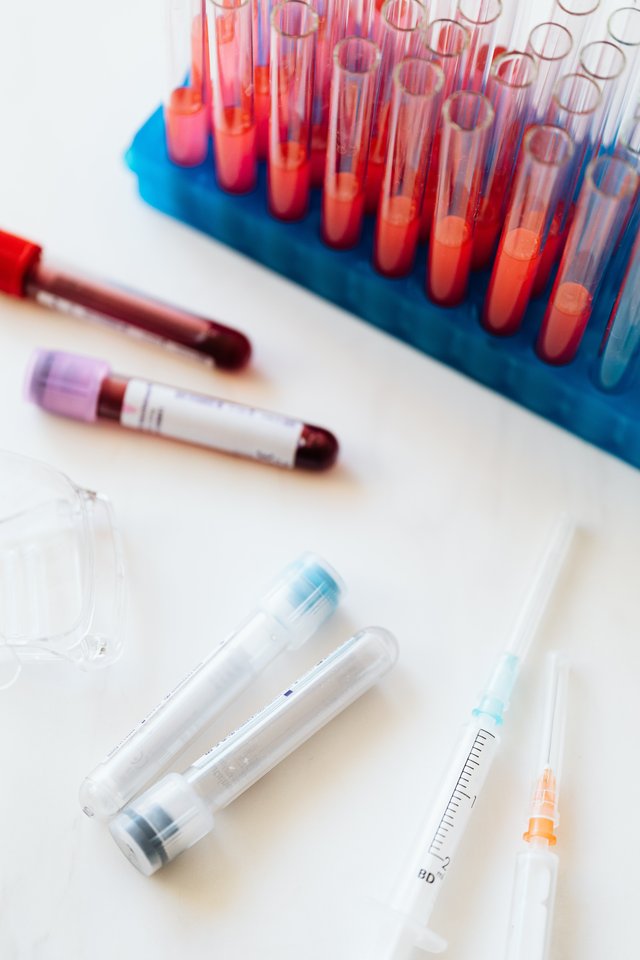
Actin is a ubiquitous protein that helps to produce filaments, which are important parts of the cytoskeleton. Microfilaments, one of the three primary components of the cytoskeleton, and thin filaments, which are part of the contractile apparatus in muscle cells, have a monomeric subunit. It is the most abundant protein in a normal eukaryotic cell, making up roughly 15% of various cell types.
The protein is extremely conserved, and when combined with a large number of actin binding proteins, it creates a wide range of structures in cells. The sliding effect created by actin filaments interacting with myosin is the foundation of muscle contraction and many aspects of cell movement, including cytokinesis.
Get Your Ultimate Keto Meal Plan For Just $1 To Lose Weight Without Problems!
https://bit.ly/3IHmJuc
Individual actin subunits are referred to as globular actin (G-actin), which assembles into long filamentous polymers known as F-actin. Microfilaments of the cytoskeleton are formed when two parallel F-actin strands twist around each other in a helical shape. Microfilaments have a diameter of around 7 nm and a helix loop that repeats every 37 nm.
Each actin protomer binds one molecule of ATP and has one high affinity calcium or magnesium ion site as well as multiple low affinity sites. It exists as a monomer at low salt concentrations, but when the salt concentration rises, filaments form quickly, resulting in ATP hydrolysis.
Many types of actin form a tight complex with deoxyribonuclease (DNase I), although the relevance of this is uncertain. DNase I activity is inhibited as a result of the creation of this complex, and actin's capacity to polymerize is lost. Actin's ATPase domain has been shown to be comparable to the ATPase domains of hexokinase and hsp70 proteins.
Get Your Ultimate Keto Meal Plan For Just $1 To Lose Weight Without Problems!
https://bit.ly/3IHmJuc
Actin isoforms in vertebrates are divided into three groups: alpha, beta, and gamma. Alpha actins are a significant component of the contractile apparatus and are present in muscle tissues. In most cell types, beta and gamma actins coexist as cytoskeleton components and internal cell motility mediators.
MreB, a significant bacterial cytoskeleton component, shares a lot of structural similarities with its eukaryotic counterpart actin. Furthermore, it has been suggested that members of the Rho family of small guanosine triphosphates have emerged as key regulators of the actin cytoskeleton, ensuring coordinated control of other cellular activities such as gene transcription and adhesion through their interaction with multiple target proteins.
Get Your Ultimate Keto Meal Plan For Just $1 To Lose Weight Without Problems!
https://bit.ly/3IHmJuc
Reference:
Actin isoforms. Curr Opin Cell Biol. 1993 Feb;5(1):48-55 Herman IM
The assembly of MreB, a prokaryotic homolog of actin. The assembly of MreB, a prokaryotic homolog of actin. J Biol Chem. 2005 Jan 28;280(4):2628-35. Epub 2004 Nov 16
Rho GTPases and the Actin Cytoskeleton Science 23 January 1998:
Vol. 279. no. 5350, pp. 509 – 514 Alan Hall